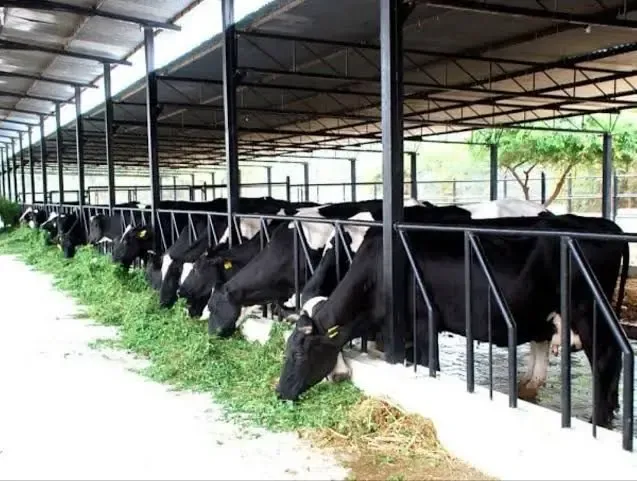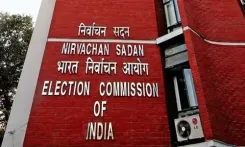How Can We Sustain the Dairy Sector as a Pillar of Rural Livelihoods?

Synopsis
Key Takeaways
- India's dairy sector is crucial for rural livelihoods.
- White Revolution 2.0 aims to modernize cooperatives.
- Growing milk production signifies economic stability.
- Empowering women is a key focus of dairy initiatives.
- Global trade dynamics impact India's dairy market.
New Delhi, Oct 3 (NationPress) Union Home Minister and Minister of Cooperation Amit Shah emphasized the necessity to bolster India's dairy sector due to its significant economic and social ramifications.
The dairy industry stands as a vital component of rural livelihoods, particularly for small and marginal farmers, offering a consistent income, unlike seasonal crops, thereby serving as a dependable source of sustenance.
He highlighted that India's dairy sector has surged by 70 percent over the last decade, establishing itself as the fastest-growing dairy industry globally.
Milk production escalated from 146 million tonnes to 239 million tonnes, with milch animal numbers rising from 86 million to 112 million.
To further invigorate the sector, White Revolution 2.0 was initiated by the Ministry of Cooperation, aiming to fulfill the vision of “Sahkar se Samriddhi” or strengthening the cooperative movement in India.
This initiative encompasses various strategies implemented by the ministry, established recently by Prime Minister Narendra Modi, since its formation in 2021, to enhance grassroots outreach and improve the performance, productivity, and profitability of cooperative societies.
As the Minister noted, India's dairy sector is the backbone of rural livelihoods and symbolizes inclusive growth. As the world's largest milk producer, India has integrated farmer-led cooperatives, women's involvement, and scientific practices to achieve impressive advancements.
Notably, the first White Revolution began in the 1970s under Dr. Verghese Kurien, recognized as the “Father of the White Revolution”. This initiative propelled the country toward enhanced milk production and self-sufficiency in dairy.
Building on the successes of White Revolution 1.0, White Revolution 2.0 aims to modernize cooperatives, broaden their outreach, and diversify services.
The launch of Standard Operating Procedures (SOP) for White Revolution 2.0 on September 19, 2024, followed by an official launch three months later, signals a renewed effort to strengthen dairy cooperatives, create employment opportunities, and empower women.
This initiative is set to run for five years (2024-25 to 2028-29), during which milk procurement by dairy cooperatives is projected to reach 1,007 lakh kg per day.
Given that the dairy sector serves as a backbone for rural livelihoods, nutrition security, and cooperative values, its protection aligns with broader economic, social, and strategic objectives.
Seasonal and regional variations are countered by a nationwide milk grid, supported by government procurement to stabilize farm-gate prices.
While reinforcing existing achievements, ongoing support for the sector includes subsidies, credit facilities, and research and development in fodder and animal health, ensuring the resilience and inclusivity of India's dairy sector to meet future domestic and international demands.
Meanwhile, nations like the United States, which have a dairy surplus and rely heavily on exports, are advocating for zero-duty access to India's USD 150-billion dairy market.
In current bilateral trade discussions, the US delegation has linked dairy access to broader demands, urging India to conform to global standards, relax restrictions on oil imports, and lower trade barriers in services and manufacturing.
Commerce Secretary Howard Lutnick recently urged New Delhi to “play ball” on market opening if it seeks enhanced access to American consumers, specifically highlighting agriculture and dairy as critical issues.









